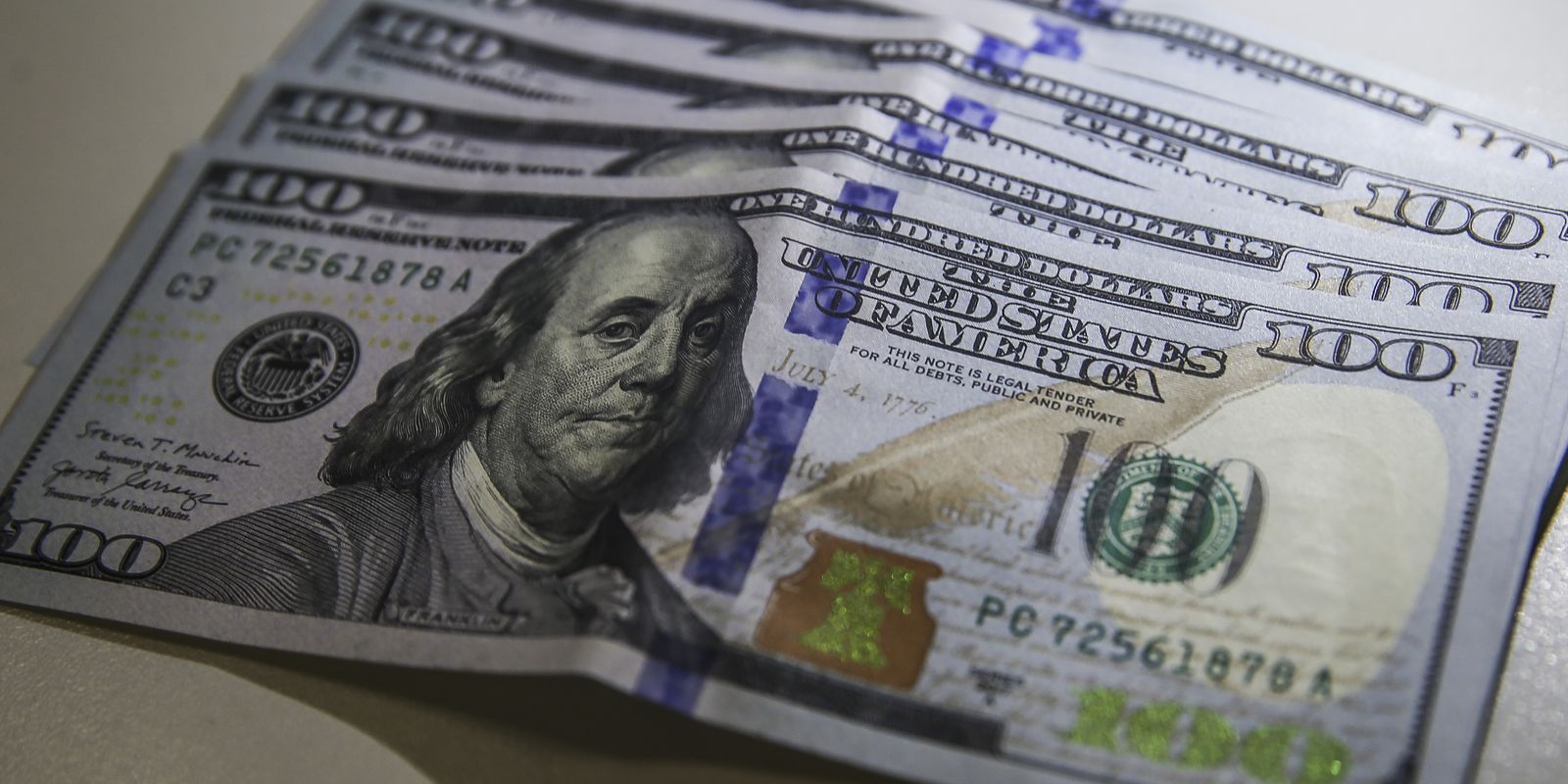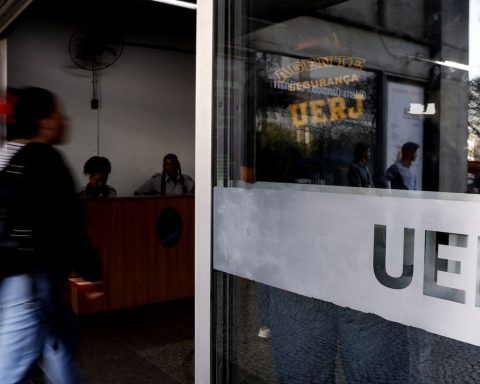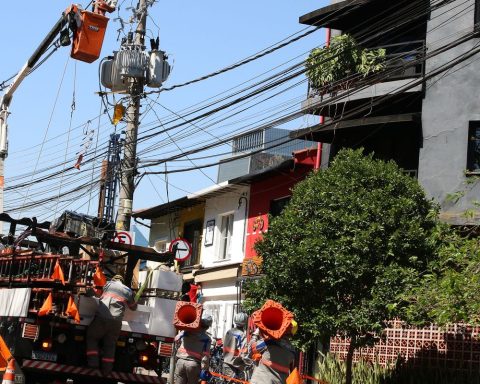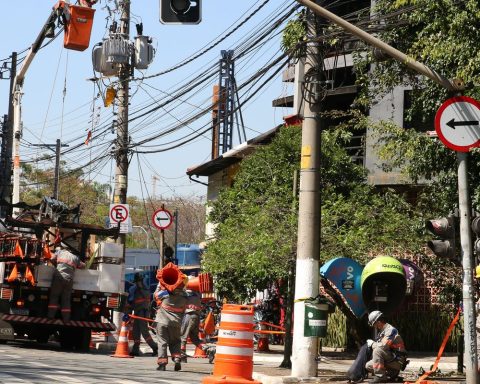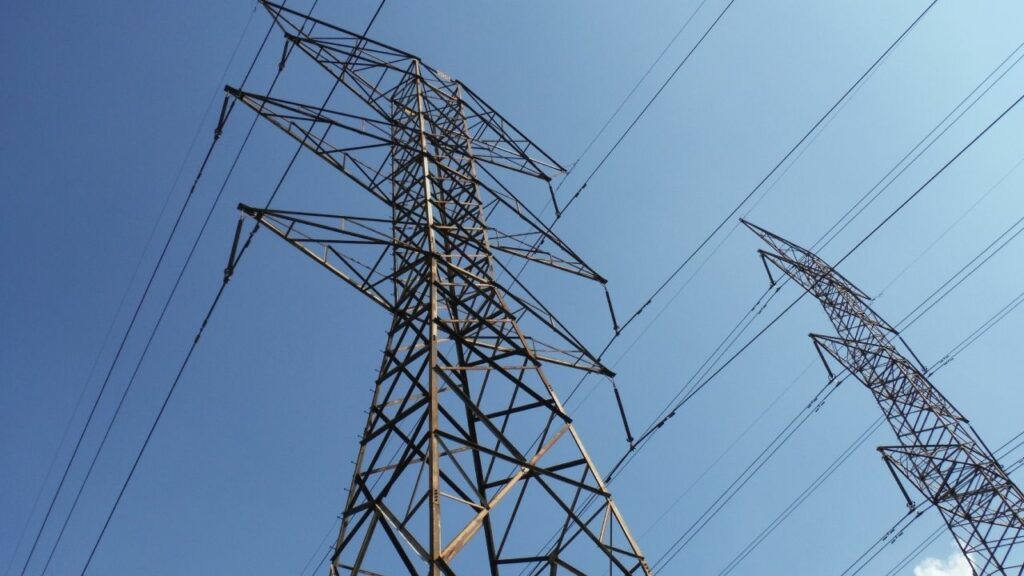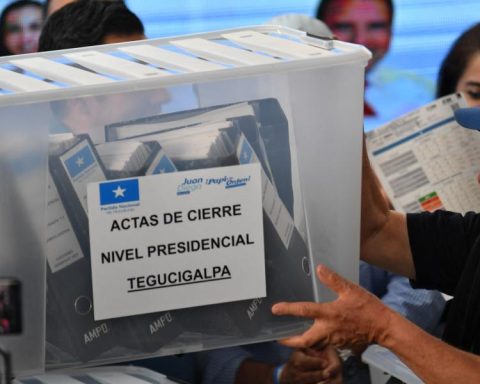The external accounts started this year with a deficit of US$ 8.791 billion, according to data from the Central Bank (BC) released today (24). In January of last year, the negative balance of current transactions – purchases and sales of goods and services and transfers of income from the country to the world – was greater, having stood at US$ 9.396 billion.
In the balance of current transactions, the primary income account (profits and dividends, interest payments and wages) had the biggest negative balance, reaching US$ 7.808 billion last month.
The service account (international travel, transportation, equipment rental and insurance, among others) contributed to the negative result with US$ 2.274 billion.
On the other hand, the secondary income account (generated in one economy and distributed to another, such as donations and remittances of dollars, without compensation for services or goods) showed a positive result of US$ 82 million.
The trade balance contributed to reducing the external account deficit, by presenting a surplus of US$ 1.208 billion.
Financing
When the country has a deficit in its external accounts, it is necessary to finance this negative result with foreign investments or borrow money abroad. Direct investment in the country (IDP), resources that enter Brazil and go to the productive sector of the economy, is considered the best way to finance because it is long term.
Last month, the IDP reached US$ 6.877 billion and was not enough to cover the entire deficit in current transactions.
In 12 months, the deficit in current transactions reached US$ 55.355 billion, which corresponded to 2.87% of everything produced in the country – Gross Domestic Product (GDP). The IDP added up to US$ 92.345 billion or 4.78% of GDP.
In January of this year, the country registered a net inflow (discounting outflows) of investment in shares traded on stock exchanges in Brazil, in investment funds and in debt securities, totaling US$ 4.156 billion. In the 12 months ended in January, portfolio investments in the domestic market added up to net inflows of US$ 4.8 billion.
